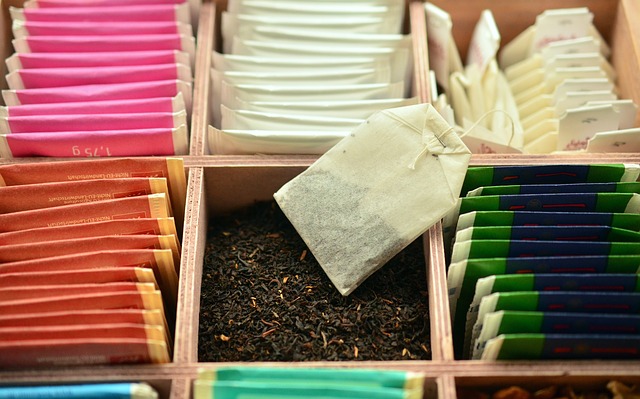A Canadian study has found that plastic tea bags release micro and nanoparticles.
A simple action such as drinking a cup of tea might be harmful to your health, according to a recent Canadian study.
The study, conducted by Laura M. Hernandez and colleagues at the Department of Chemical Engineering, McGill University, Montreal, assessed whether plastic tea bags boiled, with or without leaf tea, releases nano or microparticles into the water compared, with non-plastic tea bags. Their study showed that after boiling, plastic tea bags release micro and nanoparticles that can be identified in the water. In fact, they found 11.6 billion microparticles and 3,1 billion nanoparticles of nylon and polyethylene terephthalate in a single cup of tea.
After the first experiment phase, they demonstrated how these particles can interact with living beings. For that, they used a small planktonic crustacean named Daphnia magna. Parts of the crustacean were exposed to water and nano and microparticles from plastic tea bags and parts were exposed to control conditions. After measuring their body size with a stereomicroscope, performing a CT scan and a 3D reconstruction, Hernandez and her colleagues found plastic particles inside Daphnia magna’s intestines that had been exposed to the water drained from plastic tea bags.
The experiment demonstrates that plastic micro and nanoparticles can be ingested and absorbed by microorganisms. The effect on human health, however, still needs to be properly investigated.
The impact of plastic pollution has become a hot topic in current research, since in 2015, plastic production reached 407 million tones, with 150 million tones released into the world’s oceans.
Written by Iaroslava Ramos
References:
1.Hernandez, L., Xu, E., Larsson, H., Tahara, R., Maisuria, V. and Tufenkji, N. (2019). Plastic Teabags Release Billions of Microparticles and Nanoparticles into Tea. Environmental Science & Technology.
2.Ebert D. Ecology,Epidemiology and Evolution of Parasitism in Daphnia. (2005). p.Chapter 2 National Center for Biotechnology Information (US); 2005.
3.Rhodes, C. (2018). Plastic Pollution and Potential Solutions. Science Progress, 101(3), pp.207-260.
4.Bouwmeester, H., Hollman, P. and Peters, R. (2015). Potential Health Impact of Environmentally Released Micro- and Nanoplastics in the Human Food Production Chain: Experiences from Nanotoxicology. Environmental Science & Technology, 49(15), pp.8932-8947.
Image by congerdesign from Pixabay

